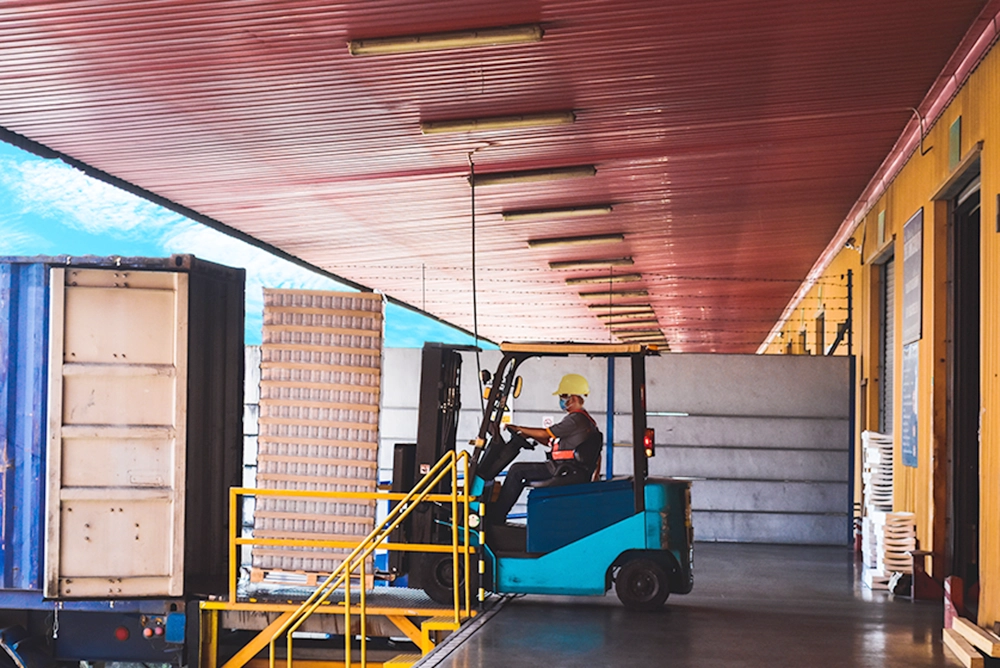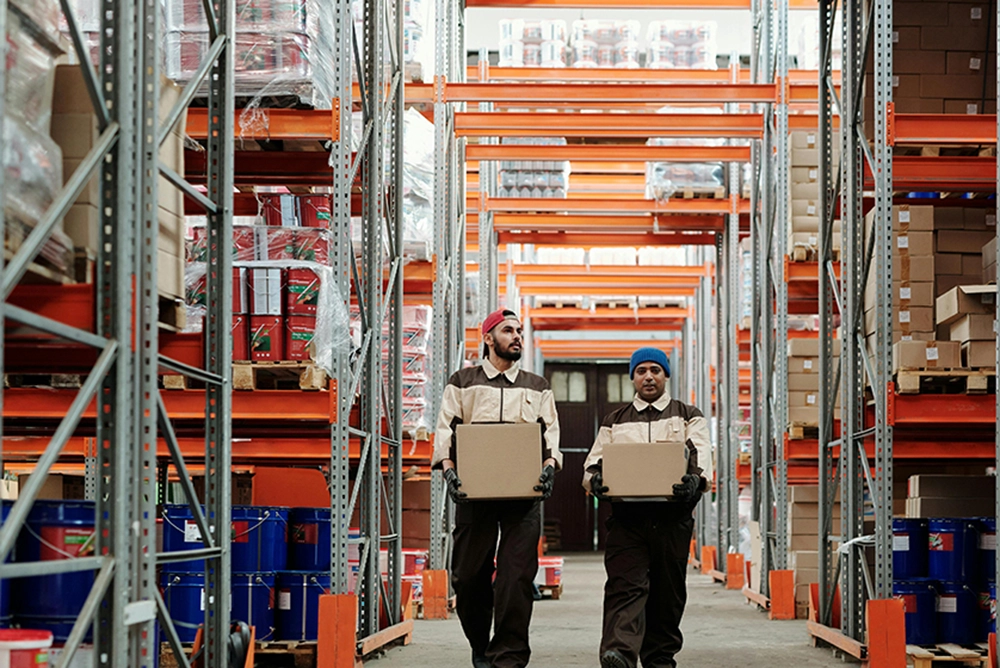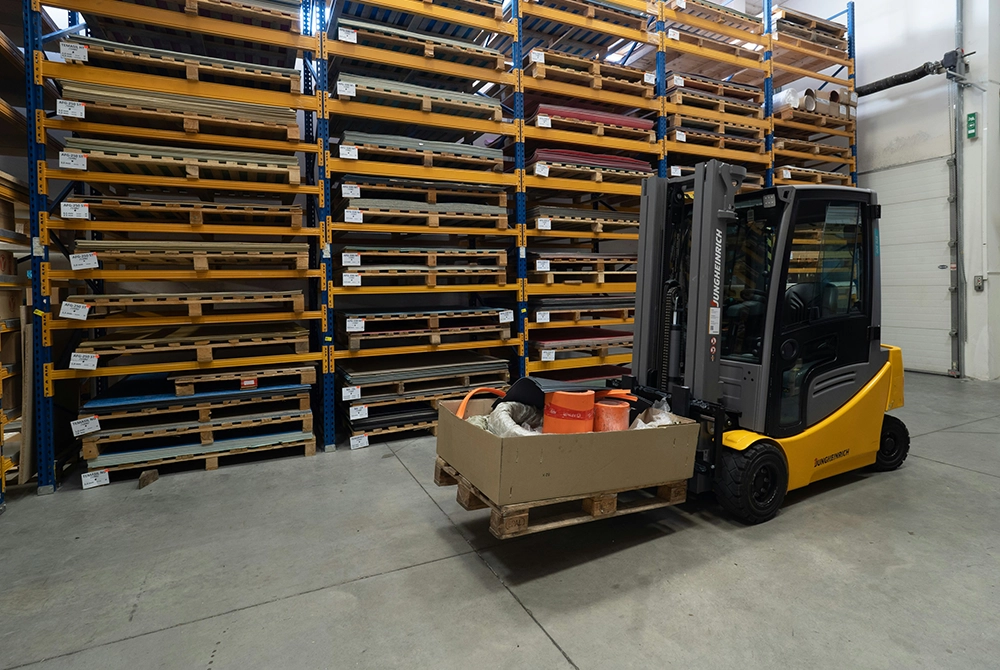The Power of Integration
Warehousing and shipping are tightly interconnected through the supply chain. Shipping and warehousing work together to speed up deliveries. Effective inventory management reduces lead tie and ensures accuracy.
After the pandemic the industry has shifted away from mega warehouses and focused on utilizing micro-fulfillment centers. This means the supply chain is all about local warehouses to cater to more flexible and faster delivery demands.
Integrations of shipping and warehousing are key to meeting modern customer expectations.
Three Tips for Warehouse Managers to Support Faster Shipping
Tip 1: Optimize for Cross-Docking
Cross-docking helps move goods faster. However, it needs good coordination between the warehouse and shipping. This ensures that inbound carriers match the shipping schedules. With the right coordination and right amount of warehouse staff inbound pallets can be pre-staged for immediate outbound shipment.
Tip 2: Implement Warehouse Management Systems
Warehouse management systems (WMS) are already an integral part of warehouse efficiency. Using a WMS that has robust integrations can coordinate between shipping and warehouses. For example, use real-time dashboards to manage delays before they pile up.
Coordinating picking and packing operations with shipping and receiving can support faster shipping and higher customer satisfaction.
Tip 3: Build a Flexible Labor Strategy with Warehouse Job Apps
A flexible labor strategy is vital for an efficient warehouse and in turn vital for fast shipping. Building a flexible labor strategy can encourage staff to pick up warehouse shifts during peak periods.
Using warehouse job apps, like Bacon, is a quick and reliable way to find temporary warehouse workers, find pickers and packers, and staff warehouse shift needs.
Staffing apps are the faster and more flexible way to find warehouse staff. Traditional temp agencies near you have slower fill rates, limited flexibility and higher costs per hour.
With Bacon, warehouses can hire picking and packing workers according to their unique needs. When there are increased inbound shipments scheduled, warehouses can post shifts and find warehouse workers. When there are less shipments scheduled, warehouses simply don't post shifts for those days.
Why Warehousing Drives Faster Shipping
Warehousing and shipping have a symbiotic relationship. Where warehousing serves as a physical space for storing goods within the logistics chain. And shipping serves as the transportation of those goods. Both pieces are vital for the supply chain to work efficiently and efficiently.
Strategic Warehouse Placement & Cross-Docking
The supply chain is all about speed. Strategic warehouse placement and cross docking are key strategies for maintaining speed.
With local warehouses goods can be pulled quickly from micro-fulfillment hubs to cut last-mile time.
Cross-docking is a method where products move from incoming trucks to outgoing trucks quickly. This process uses little storage time and helps increase speed. This requires coordination between shipping and warehouse management to time to inbound and outbound trucks.
Automated Picking & Sorting Tech
Automation and robotics are boosting speed and accuracy in warehouse operations. Increased use of automation and robotics can be used in palletizing, inventory counts, picking and packing. However, these tech advancements are not replacing warehouse temp staffing. Automation achieves best results when paired with temp labor to reduce repetitive tasks for human labor.
Build Symbiosis Between Staff, Warehouses & Shipping
Faster, accurate delivery hinges on marrying tech-driven warehousing with agile labor. Automation speeds operations, and warehouse job apps provide flexible staffing.
When warehouses are efficiently staffed, warehouse and shipping build relationships of trust and reliability.
Integrate warehousing and shipping, and support that synergy with smart staffing strategies.







